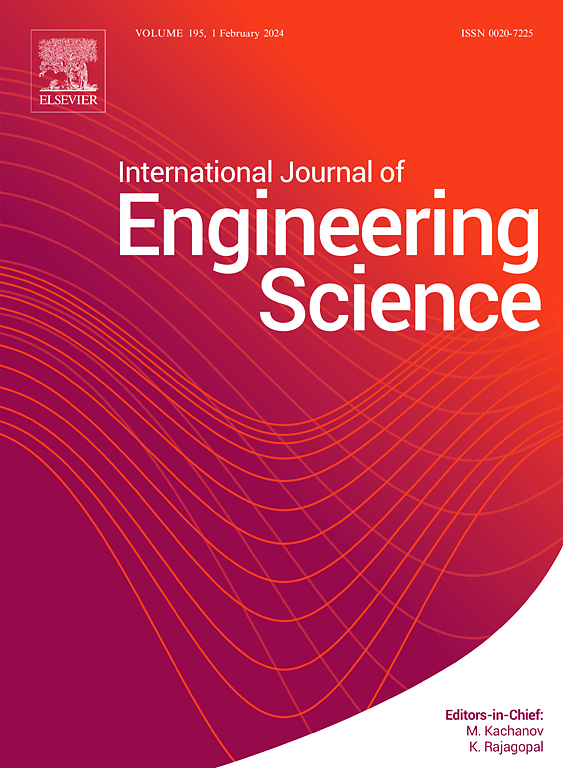比较半经验模型,符号回归和机器学习方法预测钢的抗拉强度
IF 5.7
1区 工程技术
Q1 ENGINEERING, MULTIDISCIPLINARY
International Journal of Engineering Science
Pub Date : 2025-04-01
DOI:10.1016/j.ijengsci.2025.104247
引用次数: 0
摘要
我们采用数据驱动模型,利用钢卷的化学成分和工艺参数信息来预测钢卷的抗拉强度。该数据集包含广泛的化学分析,不同的工艺参数,并表征拉伸强度为目标属性。我们比较了纯机器学习模型和物理信息模型的预测质量和可追溯性。为了引入物理知识,我们将来自文献知识的模型与符号回归相结合,并将物理启发的模型与机器学习模型进行比较。与经典的黑箱模型相比,符号回归提供了估计目标值的数学方程,便于直接解释。为了分析经典黑盒机器学习模型的预测,我们使用SHAP进行特征重要性分析,并将获得的特征影响与基于物理的模型参数进行对比。我们发现,对于目前的用例,人工神经网络表现最好,而符号回归的物理注入模型允许更好的可解释性。本文章由计算机程序翻译,如有差异,请以英文原文为准。
Comparison of semi-empirical models, symbolic regression, and machine learning approaches for prediction of tensile strength in steels
We employ data-driven models to predict the tensile strength of steel coils using information on their chemical composition and process parameters. The dataset contains extensive chemical analyses, diverse process parameters, and the characterized tensile strength as target property. We compare prediction quality and traceability of the predictions of pure machine learning models and physics-informed models. To introduce physical knowledge, we combine models from literature knowledge with symbolic regression and compare the physics-inspired models to machine learning models. In contrast to classic black-box models, symbolic regression provides mathematical equations for the estimation of the target value, facilitating straightforward interpretation. To analyze the predictions from classic black-box machine learning models, we use feature importance analysis with SHAP and contrast the obtained feature impacts with physics-based model parameters. We find that for the present use case, Artificial Neural Networks perform best, while the physics-infused models from symbolic regression allow for better interpretability.
求助全文
通过发布文献求助,成功后即可免费获取论文全文。
去求助
来源期刊

International Journal of Engineering Science
工程技术-工程:综合
CiteScore
11.80
自引率
16.70%
发文量
86
审稿时长
45 days
期刊介绍:
The International Journal of Engineering Science is not limited to a specific aspect of science and engineering but is instead devoted to a wide range of subfields in the engineering sciences. While it encourages a broad spectrum of contribution in the engineering sciences, its core interest lies in issues concerning material modeling and response. Articles of interdisciplinary nature are particularly welcome.
The primary goal of the new editors is to maintain high quality of publications. There will be a commitment to expediting the time taken for the publication of the papers. The articles that are sent for reviews will have names of the authors deleted with a view towards enhancing the objectivity and fairness of the review process.
Articles that are devoted to the purely mathematical aspects without a discussion of the physical implications of the results or the consideration of specific examples are discouraged. Articles concerning material science should not be limited merely to a description and recording of observations but should contain theoretical or quantitative discussion of the results.
 求助内容:
求助内容: 应助结果提醒方式:
应助结果提醒方式:


